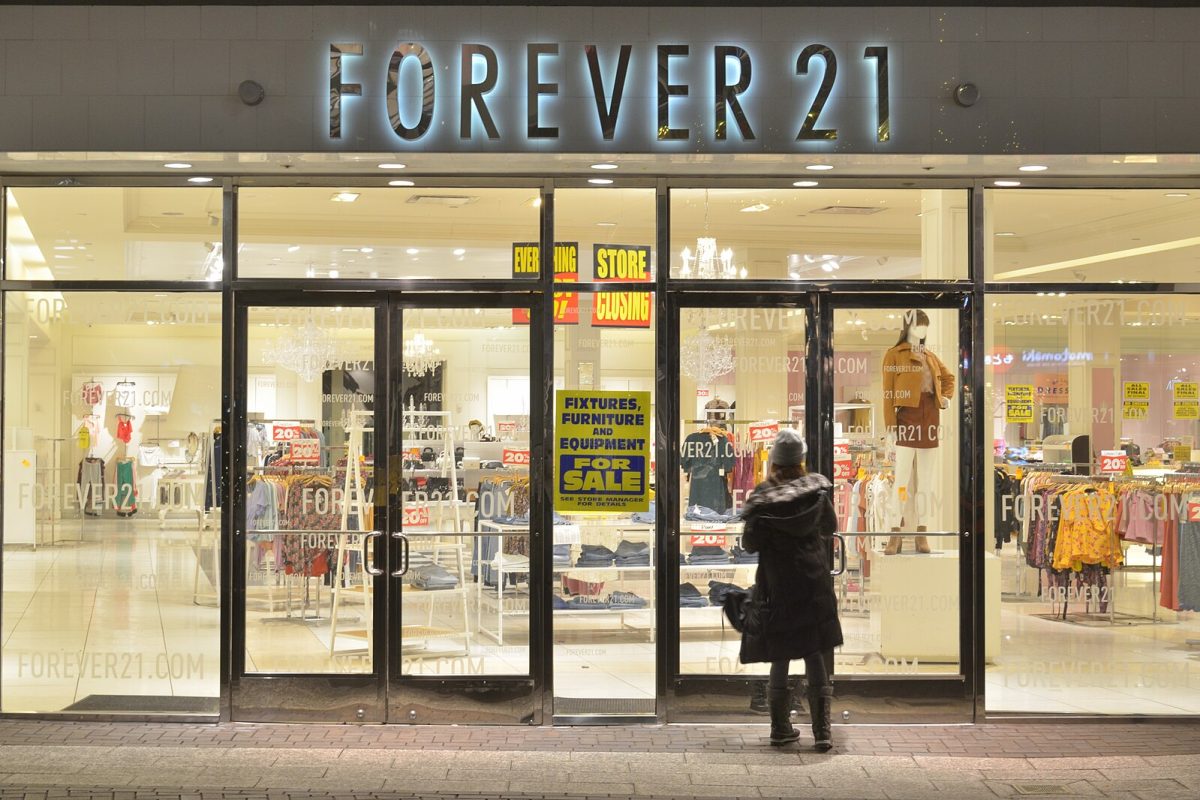Much like the unfolding of a dramatic fairytale, celebrity divorces and marriage scandals also tend to grasp the attention of avid media watchers at an unmatched level. Whether that be Angelina Jolie and Brad Pitt’s divorce, or even Pitt’s divorce with Jennifer Aniston, everyday people look to the lives of celebrities as a reality TV show that forces them to pick a side.
On September 6th, Joe Jonas and Sophie Turner only added fuel to the fire, announcing their “amicable” divorce to the public. Fans were devastated– after all, the couple had been married for four years and dated for two years prior, making their split much more emotional for people who followed their ups and downs from the beginning.
Unfortunately, the divorce did not remain amicable for long, as rumors started flying about Turner only hearing about the divorce through the media, and eventually suing Jonas for withholding custody of their children. To the trained media observer’s eye, this scandal is not unfamiliar; after all, it maintains the same patterns that some of the other “amicable” divorces in celebrity history have also adopted.
The pattern usually moves in the following fashion: the celebrity couple announces, with a good amount of drama, their “amicable” or “polite” divorce; they emphasize that they still respect each other, they’re still friends, and everything will be the same. A few months, weeks, or even days, pass, and the truth eventually emerges– someone cheated on someone, someone is neglectful of their children, or someone simply hasn’t been a good partner in the relationship. The media is devastated– they thought that the relationship was perfect and love was real. This pattern stays true when considering Jonas and Turner’s divorce; the public initially assumed that the divorce was not necessarily something negative, and the couple would remain friends and adored by the public. As the day went on, Turner revealed that Jonas won’t give her custody of their children and did not properly tell her about their supposed mutual divorce agreement– spinning the public’s perspective on the pair.
This similar pattern is also the case with Angelina Jolie and Brad Pitt’s divorce, where they initially deemed it a very seamless and peaceful divorce, eventually leading to Jolie’s full custody of all six of their children. Both divorces were heartbreaking to the public, and much like the narrative of the divorce, the media’s reactions were also very similar.
When considering Jonas and Turner’s divorce, the media initially painted Turner as the villain. According to The Independent, a source informed TMZ that, “[Turner] likes to party; he likes to stay at home. They have very different lifestyles.” The statement portrays Turner as a neglectful mother and spouse, often running from her family in order to pursue this “party lifestyle.” On the other hand, Turner herself stated in an interview a few years ago that Jonas was the one who enjoyed partying and leaving the home, prompting her to take care of their children.
The flurry of rumors caused the media to choose a side between the couple, many supporting Jonas because they saw him as “strong” for managing his children regardless of his wife’s questionable activities, while many chose Turner because of her strength during trying times. The main message, regardless of what each party had to say, was that the narrative of the divorce was very skewed– shielding the truth from their loving fans. This reaction from the media, one that forces people to take sides, was also present in the Pitt/Jolie case, Depp/Heard case, West/Kardashian case, and the Reynolds/Johansson case.
As an ever-attentive audience, people tend to view celebrity scandals as a captivating movie they can share opinions on. Who’s in the wrong? Where will the children go? As a new scandal emerges every year, we begin to imagine new questions and perspectives but fail to recognize how similar the divorce patterns are– especially with the media’s daunting, exaggerating presence.







